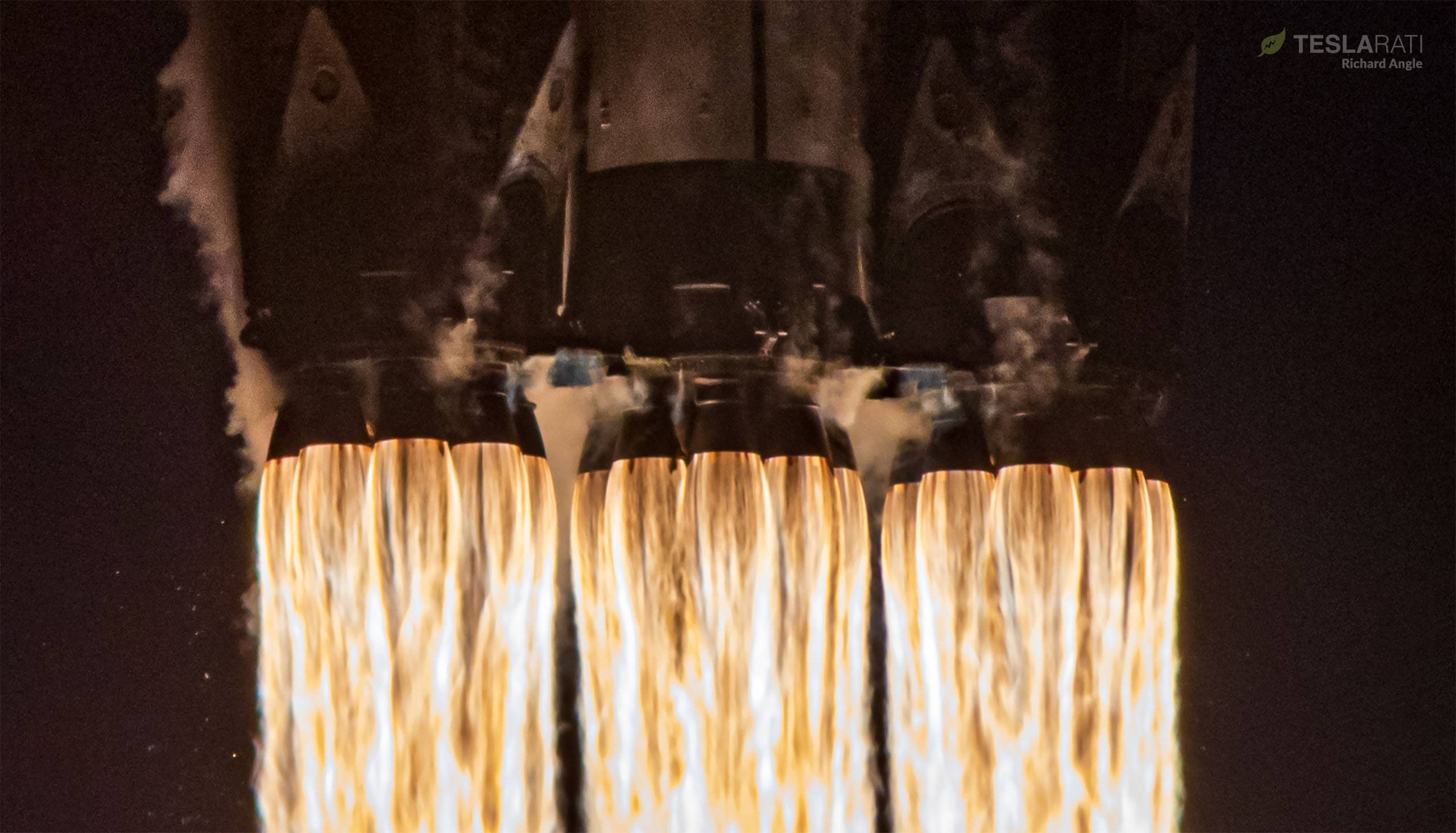
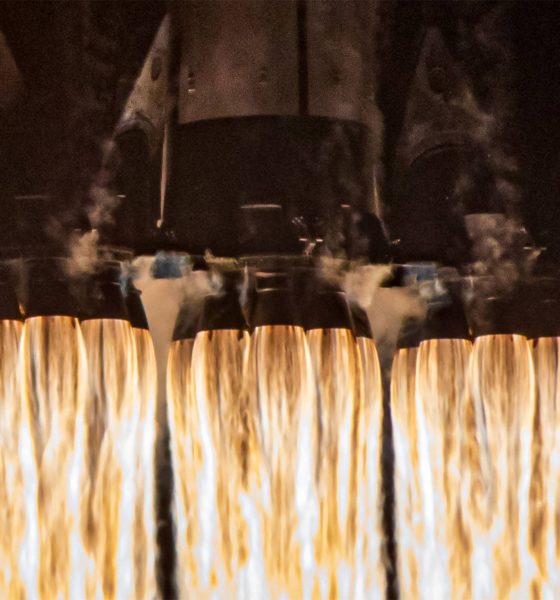
News
SpaceX’s spectacular USSF-67 Falcon Heavy launch in photos
On January 15th, SpaceX’s Falcon Heavy rocket lifted off for the second time in 75 days to launch another batch of US military payloads into orbits tens of thousands of kilometers above Earth’s surface.
Six and a half hours later, the US Space Systems Command (SSC) confirmed that Falcon Heavy had again completed the exceptionally difficult launch without issue. To deliver the USSF-67 mission’s payloads directly to geosynchronous orbit (GSO), the giant SpaceX rocket had to sacrifice one of its potentially reusable boosters and complete a complex six-hour ballet of rolls, burns, and spacecraft deployments. And for the second time in a row, Falcon Heavy did so without apparent issue.
In an SSC press release [PDF], Maj. Gen. Stephen Purdy, program executive officer for Assured Access to Space, said that the group “had another fantastic launch today on a Falcon Heavy.” He added that “while the launch itself was impressive,” he was “most proud of the fact that we placed important [national] capabilities into space.” And an impressive launch it certainly was.
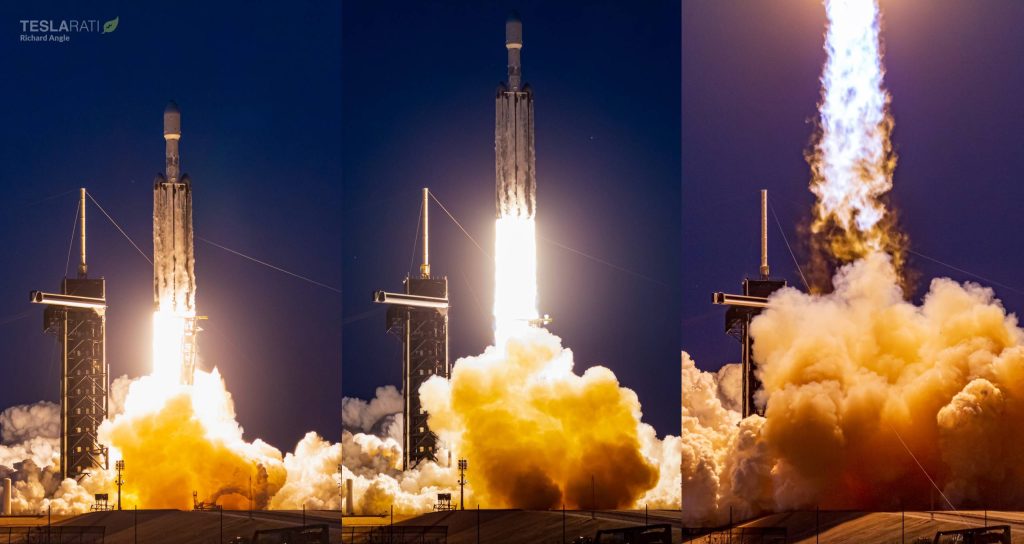
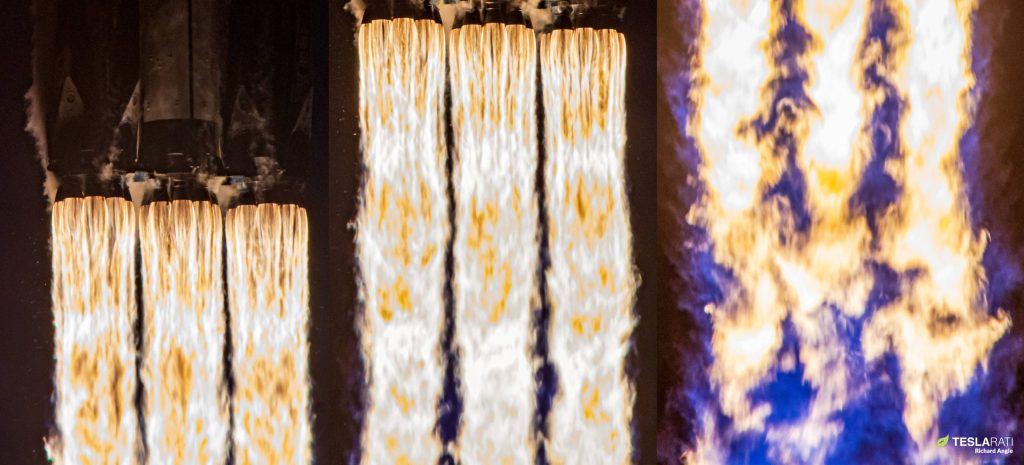
The update that's rolling out to the fleet makes full use of the front and rear steering travel to minimize turning circle. In this case a reduction of 1.6 feet just over the air— Wes (@wmorrill3) April 16, 2024
A Falcon (Heavy) spectacle
As previously discussed, USSF-67 was Falcon Heavy’s first twilight launch. The extraordinary cadence of SpaceX’s workhorse Falcon 9 rocket, which Falcon Heavy is derived from, caused twilight launches and the incredible light shows they can produce to become a fairly routine phenomena. But just under five years after its February 2018 debut, there had still never been a Falcon Heavy launch ‘jellyfish’ or ‘nebula.’ That thankfully changed on Sunday.
The rocket lifted off just ten or so minutes after sunset and soared into the fading purple skies. Those skies were still relatively bright at ground-level, reducing the amount of contrast, but the resulting light show was still spectacular as Falcon Heavy and its immense exhaust plume ascended back into the sunlight. The artificial sunrise lit up that pillar-like plume with the colors of sunrise and, eventually, bright daylight.
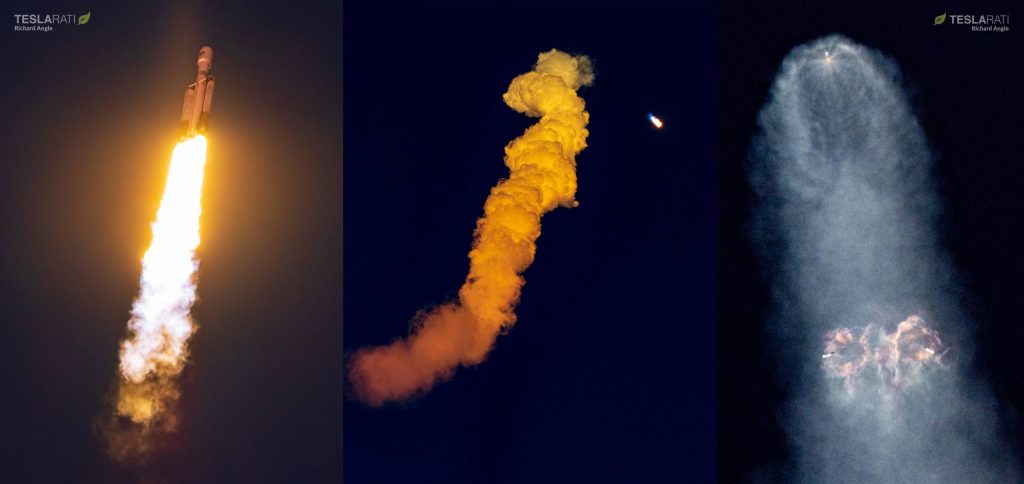
Close-up views enabled by tracking telescopes captured the true drama, which began shortly after Falcon Heavy’s twin side boosters separated from the rocket’s main core stage and upper stage, flipped around, and ignited their engines to fly back to the Florida coast they’d only just lifted off from. As the nine-engine center core continued towards space, each booster fired up one and then three Merlin 1D engines for their boostback burns.
A view from Astronomy Live captured the moment of boostback burn ignition, during which the side boosters visibly blasted ‘craters’ the Falcon Heavy center core’s much more powerful plume. As those plumes interacted, the fluid dynamics and light produced by multiple Merlin 1D engines combined to create chaotic whisps of orange, red, and yellow – akin to an exploding nebula. The moments prior were also spectacular as the two side boosters, lit up by direct sunlight against the nearly black sky, began gently floating away from the center core and spinning around with bursts from several nitrogen gas thrusters – a brief moment of serenity before the violence of engine ignition.
On a chariot of fire
But as Maj. Gen. Purdy noted, the purpose of USSF-67 – spectacle aside – was to carry a number of important payloads into orbit.
“After both side boosters touched down, SpaceX ended its live coverage at the request of the Space Force, reiterating the mission’s secretive customer and nature. The USSF hasn’t confirmed much about the USSF-67 mission’s payloads, but Falcon Heavy is known to be carrying a geostationary communications relay satellite called CBAS-2 and likely built by Boeing. CBAS-2 is joined by Northrop Grumman’s third Long Duration Propulsive EELV or LDPE-3A, a combination of a propulsive kick stage and a satellite. LDPE-3A is carrying a collection of rideshare satellites and payloads and is designed to operate for months in orbit. Using USSF-44 as a guide, the total USSF-67 payload could weigh roughly 3.75 to 4.75 tons (8,250-10,500 lb).”
Teslarati.com – January 15th, 2023
The same SSC press release provides more detail, noting that LDPE-3A carries two hosted payloads – Catcher and WASSAT. Catcher is a space weather instrument developed by the Aerospace Corporation, while WASSAT is a prototype [PDF] of a wide-angle observation instrument designed to track other satellites in GSO. LDPE is also hosting “three payloads developed by the Space Rapid Capabilities Office (SRCO),” including “two operational prototypes for enhanced situational awareness, and an operational prototype crypto/interface encryption payload providing secure space-to-ground communications capability.”
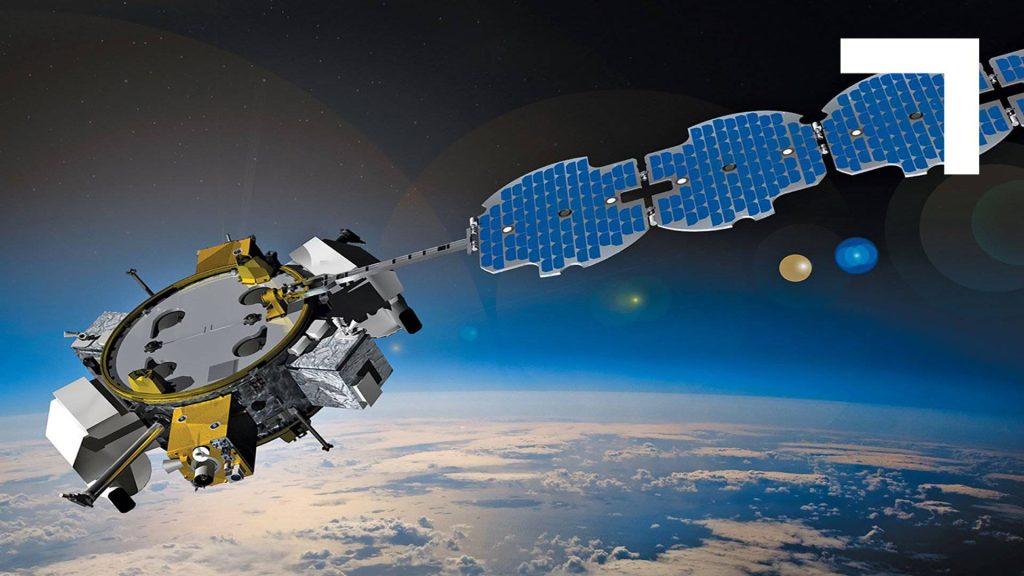
Two down, one to go
For Falcon Heavy side boosters B1064 and B1065, both of which supported USSF-44 and USSF-67, their missions are far from over. Their second successful side-by-side landing has cleared the boosters to be reused on a third US military launch called USSF-52. Originally known as AFSPC-52, the mission was Falcon Heavy’s first operational US military launch contract and the first time the rocket beat competitor United Launch Alliance (ULA) during a competitive procurement.
Next Spaceflight reports that USSF-52 is scheduled to launch no earlier than April 10th, 2023, less than three months from now. Once that mission is complete, Falcon Heavy will have no more US military missions on contract, although more will almost certainly be rewarded sooner than later. USSF-52 is sandwiched between two other Falcon Heavy launches. Next Spaceflight also reports that Falcon Heavy could launch the ViaSat-3 communications satellite as early as March 2023 and the Jupiter-3 (EchoStar 24) communications satellite as early as May 2023, making for a busy 90 days.
For that trio to happen as scheduled, SpaceX will have to beat Falcon Heavy’s record 75-day turnaround, which has coincidentally (?) occurred twice: first between Arabsat 6A and STP-2, and again between USSF-44 and USSF-67. Including USSF-67, SpaceX has up to five Falcon Heavy launches scheduled this year.

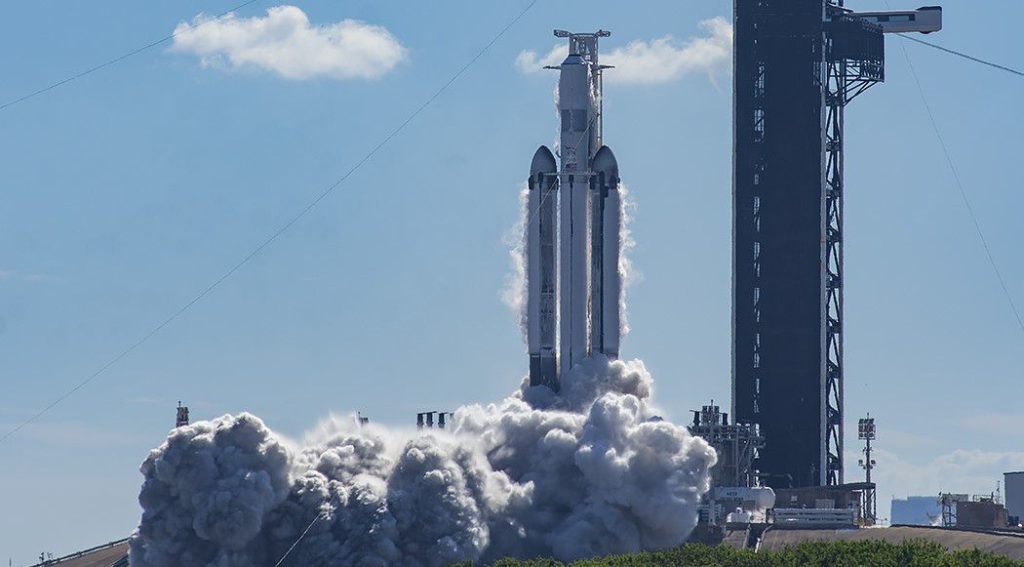
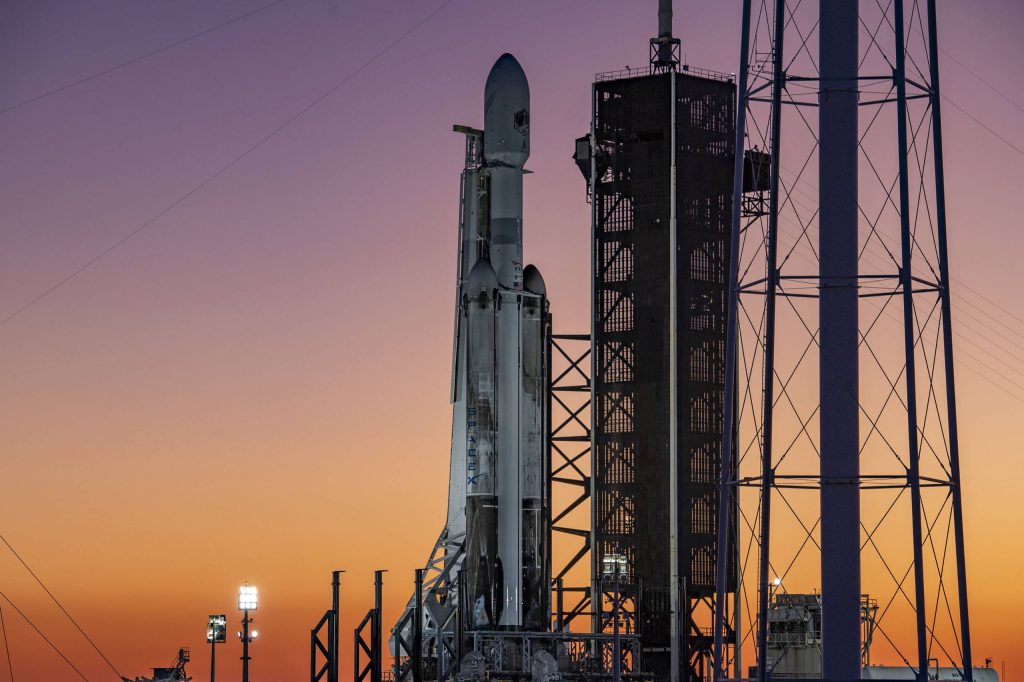
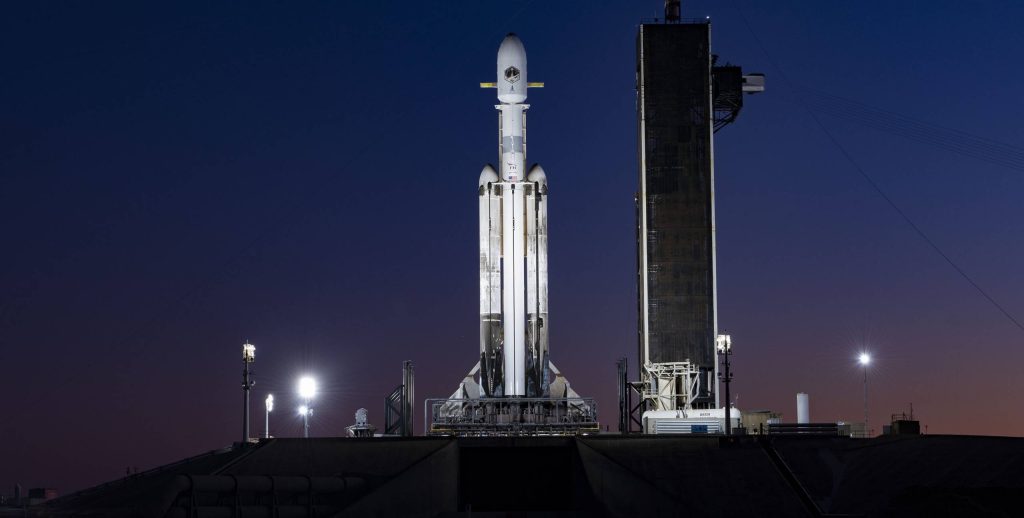
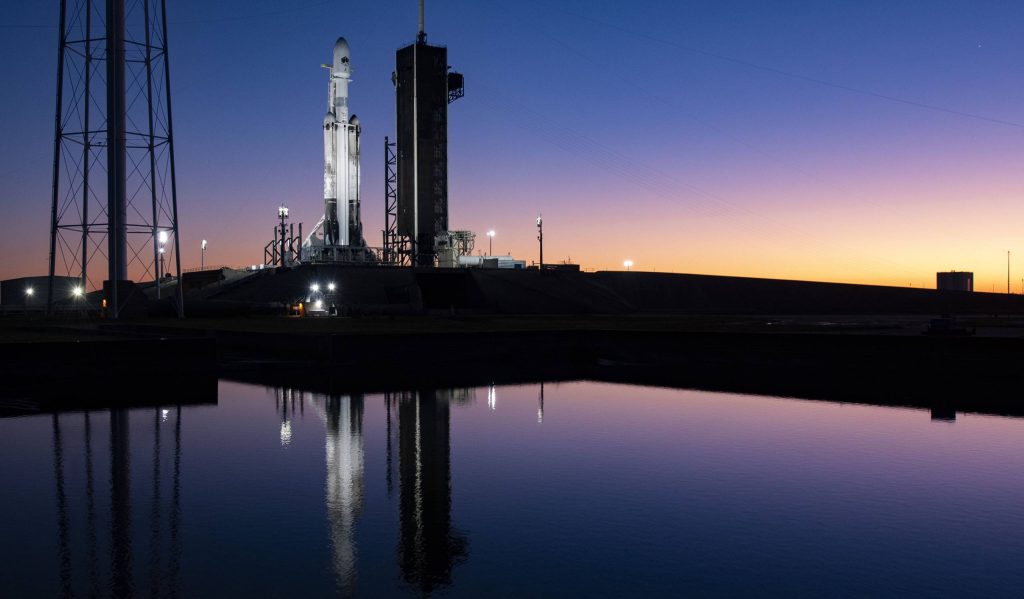

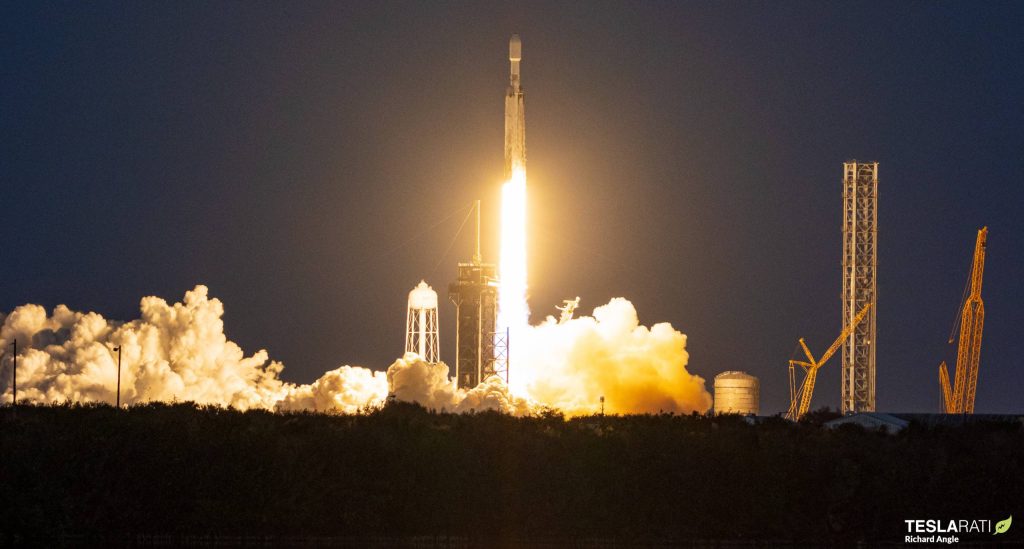

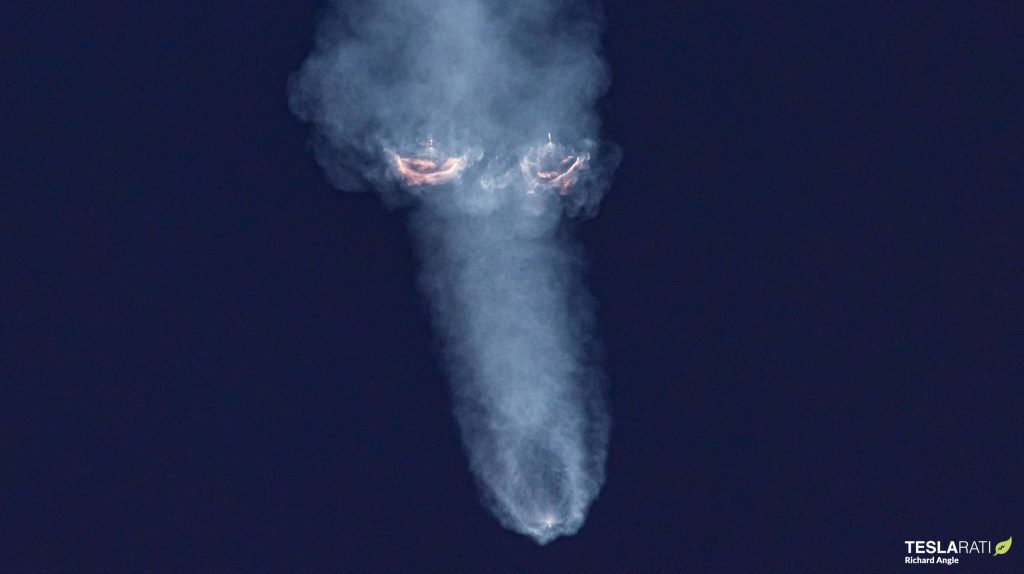
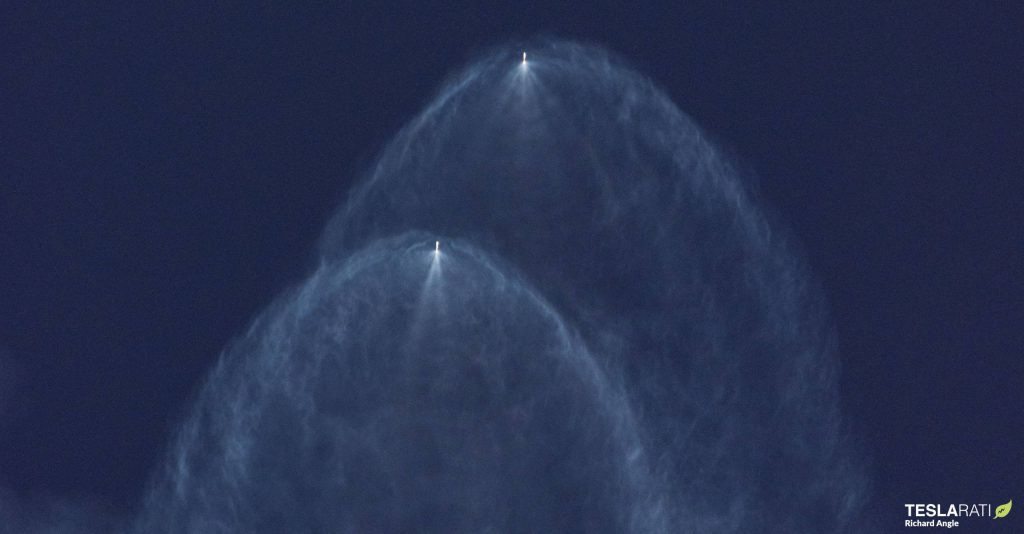
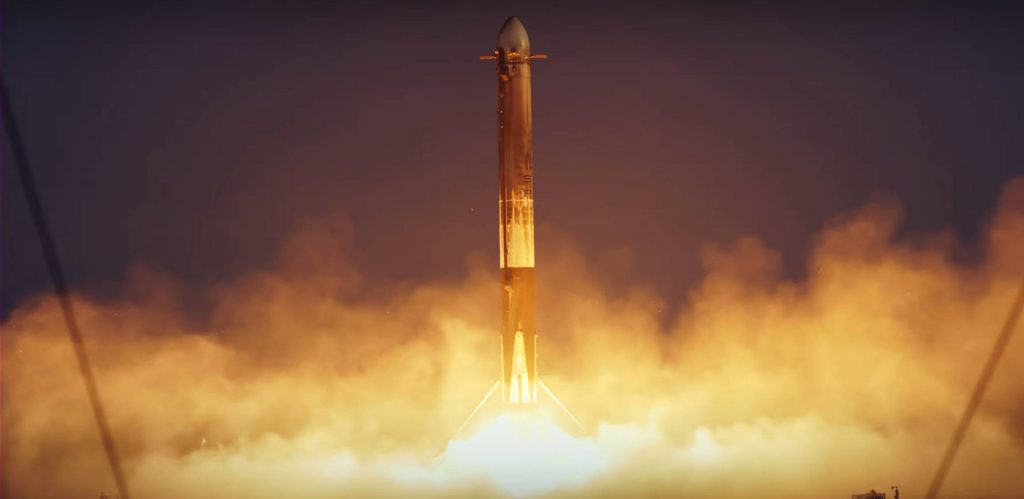
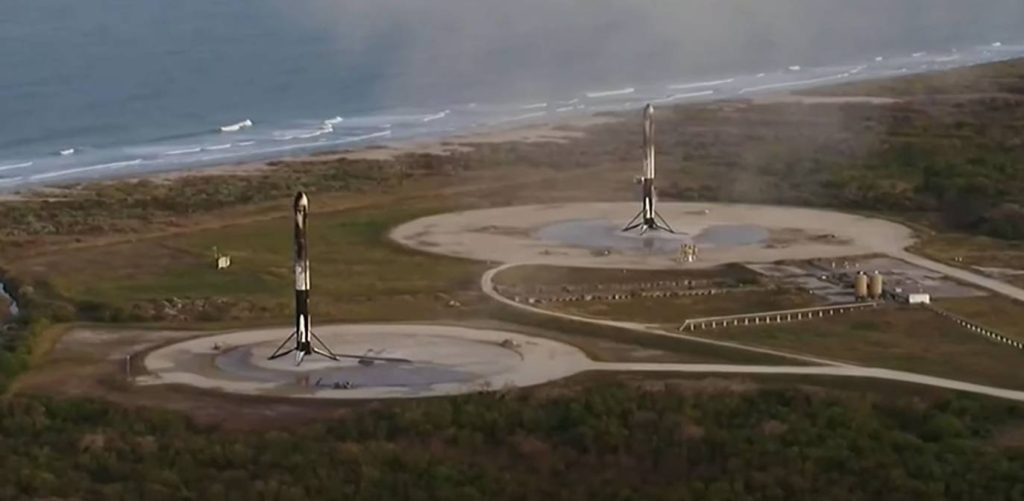

News
Tesla Full Self-Driving (FSD) testing gains major ground in Spain
Based on information posted by the Dirección General de Tráfico (DGT), it appears that Tesla is already busy testing FSD in the country.
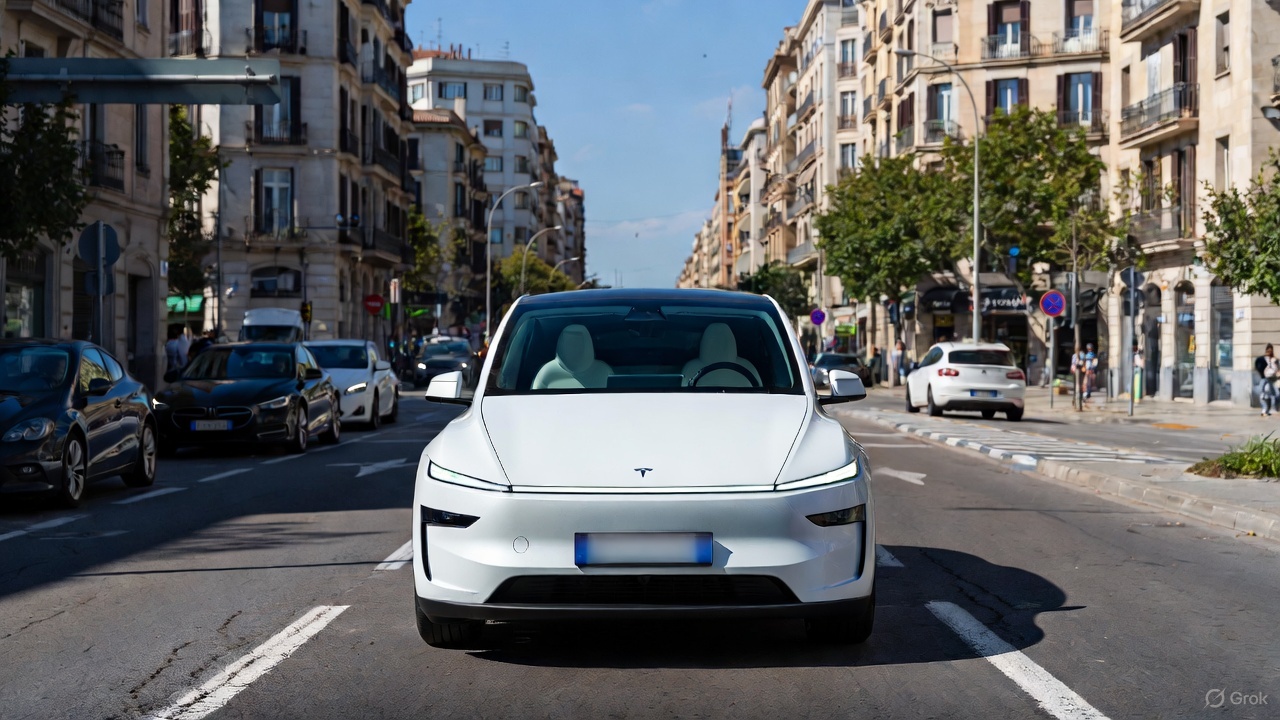
Tesla’s Full Self-Driving (Supervised) program is accelerating across Europe, with Spain emerging as a key testing hub under the country’s new ES-AV framework program.
Based on information posted by the Dirección General de Tráfico (DGT), it appears that Tesla is already busy testing FSD in the country.
Spain’s ES-AV framework
Spain’s DGT launched the ES-AV Program in July 2025 to standardize testing for automated vehicles from prototypes to pre-homologation stages. The DGT described the purpose of the program on its official website.
“The program is designed to complement and enhance oversight, regulation, research, and transparency efforts, as well as to support innovation and advancements in automotive technology and industry. This framework also aims to capitalize on the opportunity to position Spain as a pioneer and leader in automated vehicle technology, seeking to provide solutions that help overcome or alleviate certain shortcomings or negative externalities of the current transportation system,” the DGT wrote.
The program identifies three testing phases based on technological maturity and the scope of a company’s operations. Each phase has a set of minimum eligibility requirements, and applicants must indicate which phase they wish to participate in, at least based on their specific technological development.
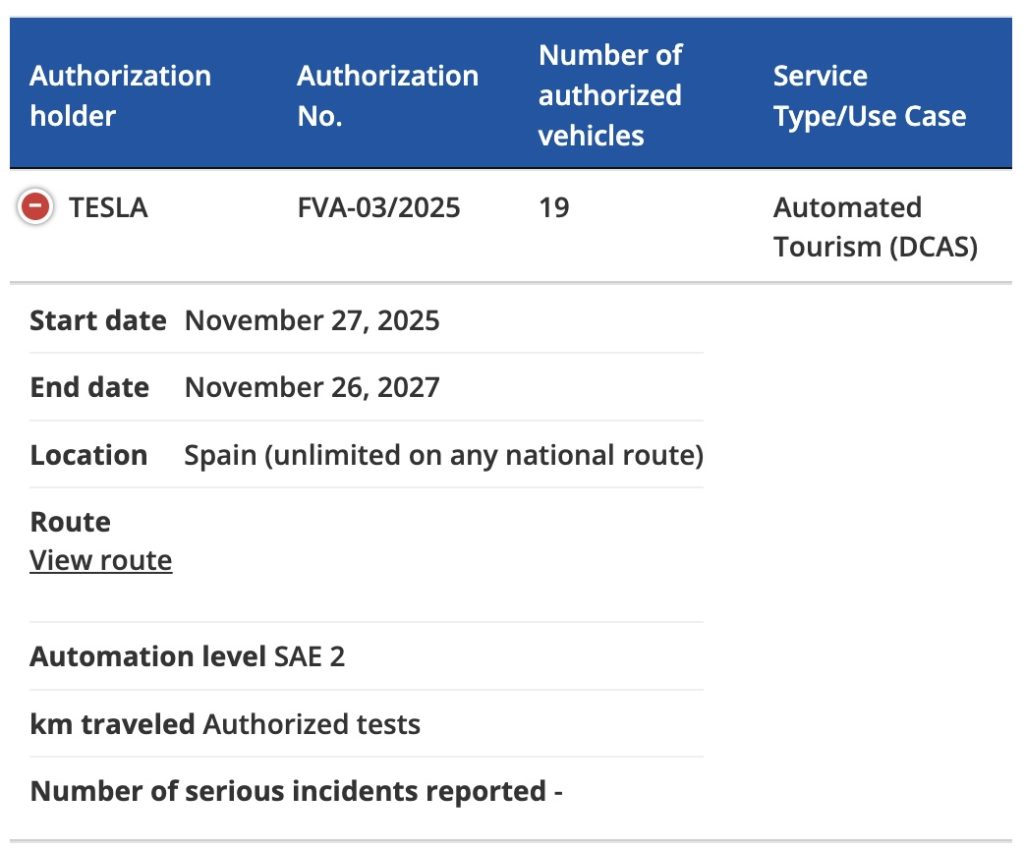
Tesla FSD tests
As noted by Tesla watcher Kees Roelandschap on X, the DGT’s new framework effectively gives the green flight for nationwide FSD testing. So far, Tesla Spain has a total of 19 vehicles authorized to test FSD on the country’s roads, though it would not be surprising if this fleet grows in the coming months.
The start date for the program is listed at November 27, 2025 to November 26, 2027. The DGT also noted that unlimited FSD tests could be done across Spain on any national route. And since Tesla is already in Phase 3 of the ES-AV Program, onboard safety operators are optional. Remote monitoring would also be allowed.
Tesla’s FSD tests in Spain could help the company gain a lot of real-world data on the country’s roads. Considering the scope of tests that are allowed for the electric vehicle maker, it seems like Spain would be one of the European countries that would be friendly to FSD’s operations. So far, Tesla’s FSD push in Europe is notable, with the company holding FSD demonstrations in Germany, France, and Italy. Tesla is also pushing for national approval in the Netherlands in early 2026.
News
Tesla FSD V14.2.1 is earning rave reviews from users in diverse conditions
Tesla’s Full Self-Driving (Supervised) software continues its rapid evolution, with the latest V14.2.1 update drawing widespread praise.

Tesla’s Full Self-Driving (Supervised) software continues its rapid evolution, with the latest V14.2.1 update drawing widespread praise for its smoother performance and smarter decision-making.
Videos and firsthand accounts from Tesla owners highlight V14.2.1 as an update that improves navigation responsiveness, sign recognition, and overall fluidity, among other things. Some drivers have even described it as “more alive than ever,” hinting at the system eventually feeling “sentient,” as Elon Musk has predicted.
FSD V14.2.1 first impressions
Early adopters are buzzing about how V14.2.1 feels less intrusive while staying vigilant. In a post shared on X, Tesla owner @LactoseLunatic described the update as a “huge leap forward,” adding that the system remains “incredibly assertive but still safe.”
Another Tesla driver, Devin Olsenn, who logged ~600 km on V14.2.1, reported no safety disengagements, with the car feeling “more alive than ever.” The Tesla owner noted that his wife now defaults to using FSD V14, as the system is already very smooth and refined.
Adverse weather and regulatory zones are testing grounds where V14.2.1 shines, at least according to testers in snow areas. Tesla watcher Sawyer Merritt shared a video of his first snowy drive on unplowed rural roads in New Hampshire, where FSD did great and erred on the side of caution. As per Merritt, FSD V14.2.1 was “extra cautious” but it performed well overall.
Sign recognition and freeway prowess
Sign recognition also seemed to show improvements with FSD V14.2.1. Longtime FSD tester Chuck Cook highlighted a clip from his upcoming first-impressions video, showcasing improved school zone behavior. “I think it read the signs better,” he observed, though in standard mode, it didn’t fully drop to 15 mph within the short timeframe. This nuance points to V14.2.1’s growing awareness of temporal rules, a step toward fewer false positives in dynamic environments.
FSD V14.2.1 also seems to excel in high-stress highway scenarios. Fellow FSD tester @BLKMDL3 posted a video of FSD V14.2.1 managing a multi-lane freeway closure due to a police chase-related accident. “Perfectly handles all lanes of the freeway merging into one,” the Tesla owner noted in his post on X.
FSD V14.2.1 was released on Thanksgiving, much to the pleasant surprise of Tesla owners. The update’s release notes are almost identical to the system’s previous iteration, save for one line item read, “Camera visibility can lead to increased attention monitoring sensitivity.”
News
Tesla FSD Supervised ride-alongs in Europe begin in Italy, France, and Germany
The program allows the public to hop in as a non-driving observer to witness FSD navigate urban streets firsthand.

Tesla has kicked off passenger ride-alongs for Full Self-Driving (Supervised) in Italy, France and Germany. The program allows the public to hop in as a non-driving observer to witness FSD navigate urban streets firsthand.
The program, detailed on Tesla’s event pages, arrives ahead of a potential early 2026 Dutch regulatory approval that could unlock a potential EU-wide rollout for FSD.
Hands-Off Demos
Tesla’s ride-along invites participants to “ride along in the passenger seat to experience how it handles real-world traffic & the most stressful parts of daily driving, making the roads safer for all,” as per the company’s announcement on X through its official Tesla Europe & Middle East account.
Sign-ups via localized pages offer free slots through December, with Tesla teams piloting vehicles through city streets, roundabouts and highways.
“Be one of the first to experience Full Self-Driving (Supervised) from the passenger seat. Our team will take you along as a passenger and show you how Full Self-Driving (Supervised) works under real-world road conditions,” Tesla wrote. “Discover how it reacts to live traffic and masters the most stressful parts of driving to make the roads safer for you and others. Come join us to learn how we are moving closer to a fully autonomous future.”
Building trust towards an FSD Unsupervised rollout
Tesla’s FSD (Supervised) ride-alongs could be an effective tool to build trust and get regular car buyers and commuters used to the idea of vehicles driving themselves. By seating riders shotgun, Tesla could provide participants with a front row seat to the bleeding edge of consumer-grade driverless systems.
FSD (Supervised) has already been rolled out to several countries, such as the United States, Canada, Australia, New Zealand, and partially in China. So far, FSD (Supervised) has been received positively by drivers, as it really makes driving tasks and long trips significantly easier and more pleasant.
FSD is a key safety feature as well, which became all too evident when a Tesla driving on FSD was hit by what seemed to be a meteorite in Australia. The vehicle moved safely despite the impact, though the same would likely not be true had the car been driven manually.









